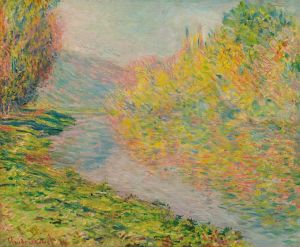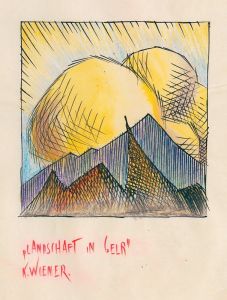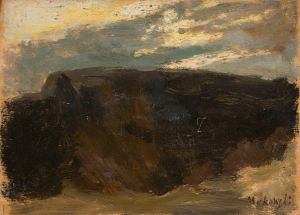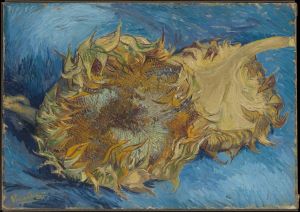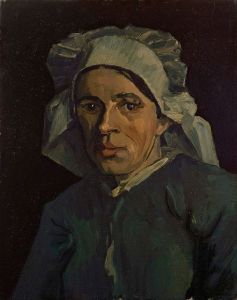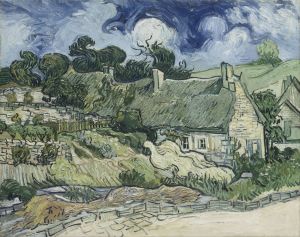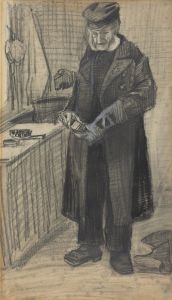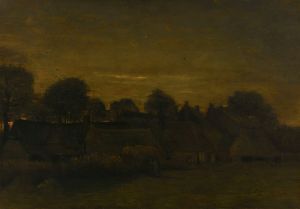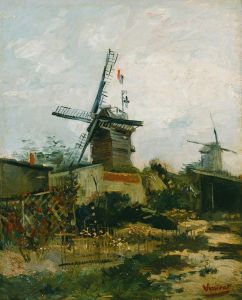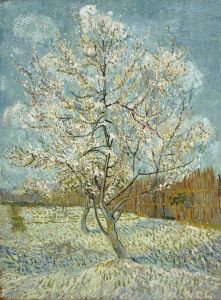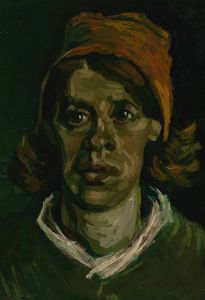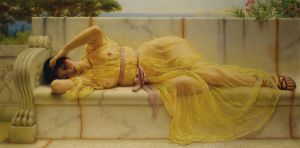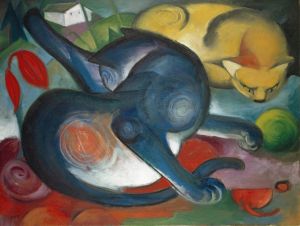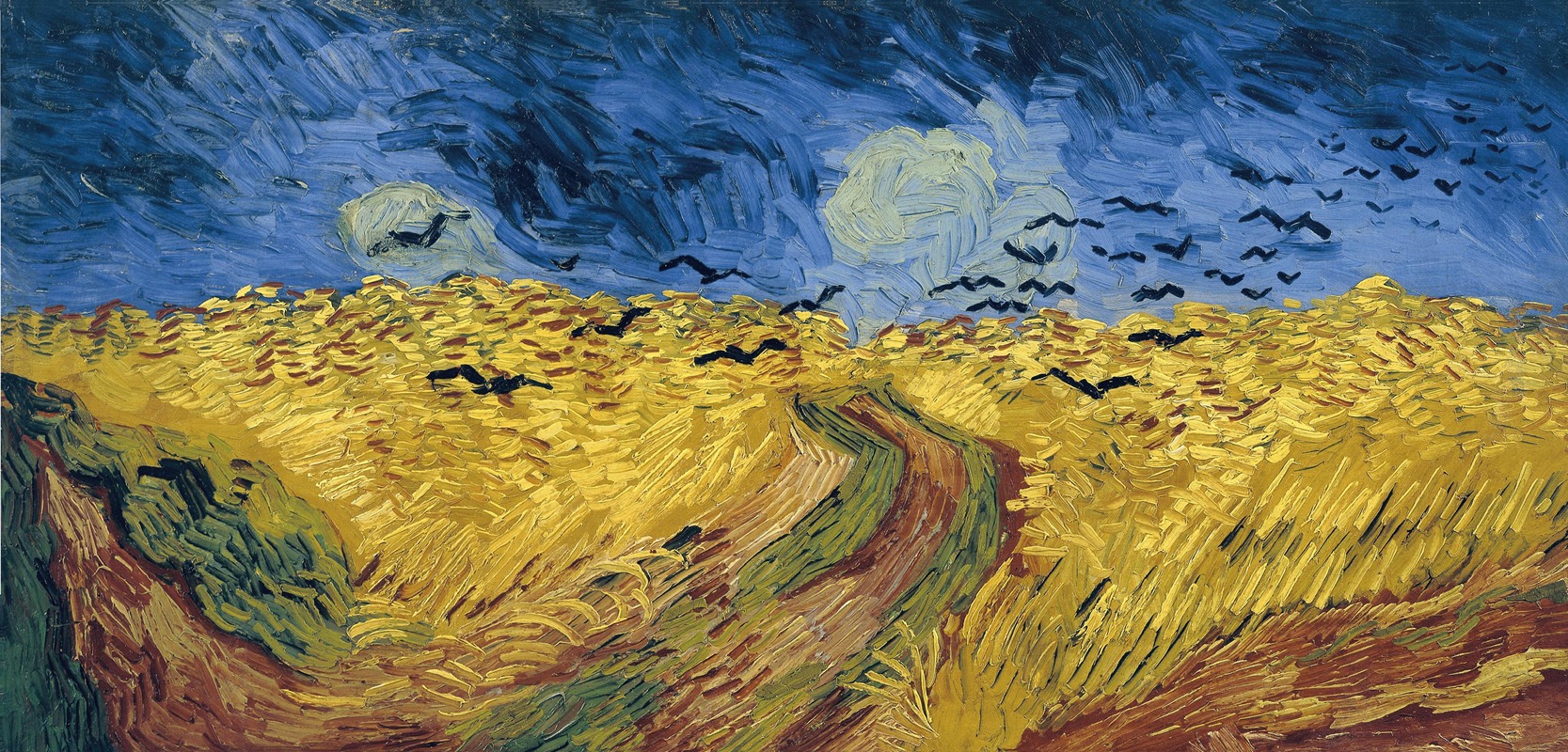
Wheatfield with Crows
A hand-painted replica of Vincent van Gogh’s masterpiece Wheatfield with Crows, meticulously crafted by professional artists to capture the true essence of the original. Each piece is created with museum-quality canvas and rare mineral pigments, carefully painted by experienced artists with delicate brushstrokes and rich, layered colors to perfectly recreate the texture of the original artwork. Unlike machine-printed reproductions, this hand-painted version brings the painting to life, infused with the artist’s emotions and skill in every stroke. Whether for personal collection or home decoration, it instantly elevates the artistic atmosphere of any space.
"Wheatfield with Crows" is an oil painting by the Dutch post-impressionist artist Vincent van Gogh. Completed in July 1890, it is one of the artist's final works, created during his time in Auvers-sur-Oise, a small town in northern France where he spent the last months of his life. The painting is housed in the Van Gogh Museum in Amsterdam, Netherlands.
The painting depicts a dramatic, turbulent sky filled with dark, swirling crows flying over a vast wheat field. The field is rendered in vibrant yellows, with a path cutting through the center, leading into the distance. The sky is a deep, foreboding blue, contrasting sharply with the golden hues of the wheat. The composition is dynamic, with the path creating a sense of depth and movement, drawing the viewer's eye into the painting.
"Wheatfield with Crows" is often noted for its emotional intensity and is frequently interpreted as a reflection of Van Gogh's troubled state of mind during the final weeks of his life. The painting's bold colors and vigorous brushwork are characteristic of Van Gogh's style, showcasing his ability to convey emotion through color and form. The crows, often seen as symbols of death or foreboding, add to the painting's dramatic and somewhat ominous atmosphere.
Van Gogh's time in Auvers-sur-Oise was marked by prolific creativity, despite his ongoing struggles with mental health. He produced a significant number of paintings during this period, capturing the rural landscapes and village life of the area. "Wheatfield with Crows" is among these works, and it is often associated with the themes of isolation and existential contemplation.
The painting has been the subject of much analysis and interpretation, with some art historians suggesting that it reflects Van Gogh's feelings of loneliness and despair. However, it is important to note that there is no definitive evidence to support any specific interpretation of the work. Van Gogh himself did not leave any written explanation of the painting, and any conclusions about its meaning remain speculative.
"Wheatfield with Crows" is widely regarded as one of Van Gogh's masterpieces, exemplifying his unique artistic vision and his ability to convey profound emotion through his art. The painting continues to captivate audiences with its powerful imagery and remains a significant work in the history of Western art.
The painting's legacy is further enhanced by its place within the broader context of Van Gogh's life and career. As one of his final works, it holds a poignant place in the narrative of his artistic journey, marking the culmination of his exploration of color, form, and emotion. Despite the challenges he faced, Van Gogh's work has had a lasting impact on the art world, influencing countless artists and continuing to inspire admiration and study.





